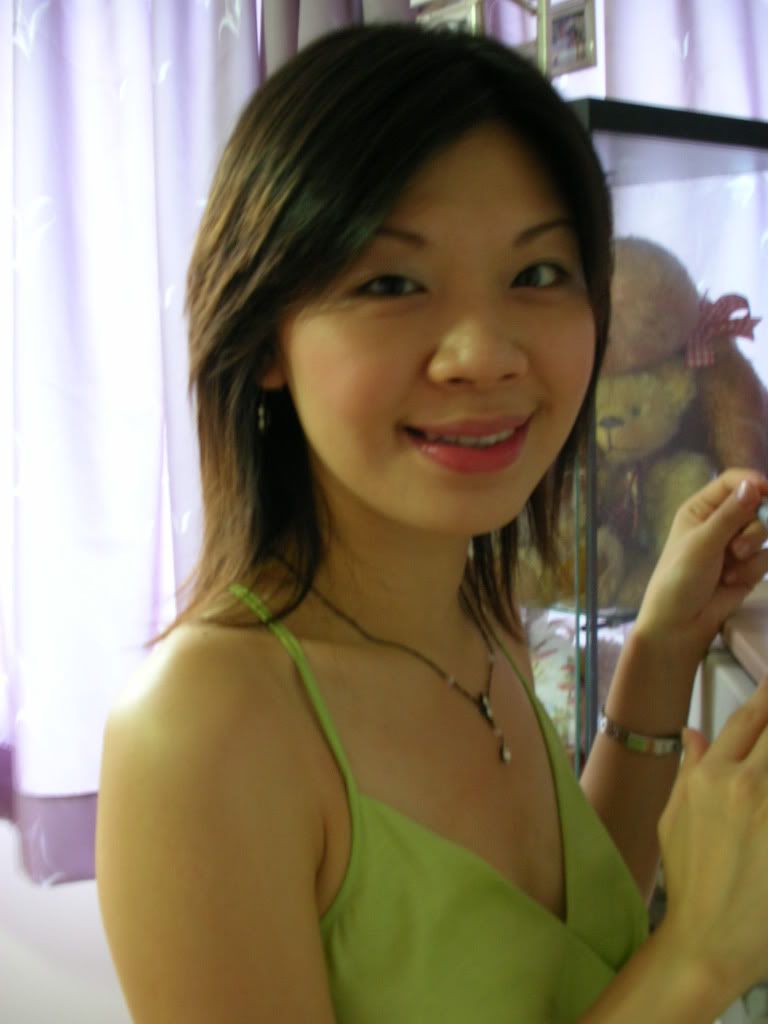The Kabuki Experience
During the same weekend that I went to the Lantern festival in the city, I went over to neighboring prefecture, Fukuoka and caught my first ever Kabuki show at the Hakataza with Tamami and Toda sensei at the Hakataza.I was particularly looking forward to the show for the fact that I paid good money for the tickets (we got the most expensive tickets as we were late in deciding the date) and that back in NUS, I took a module on Japanese traditional performing arts which did a comparative analysis among the 4 main genres namely Noh (traditional masked dance-drama), Bunraku (traditional puppet play), Kyogen(traditional short comedic drama) and Kabuki(traditional Japanese theater) so it would be interesting to watch a live performance for once.
Kabuki (歌舞伎) is known for its stylized acting and dance movements, elaborate make-up and costumes worn by its performers. One can also consider Kabuki to be the Japanese version of a musical as it entertains viewers both visually and musically. There are also those who draw some similarities between Kabuki and Chinese opera (京劇) where glamorously made-up actors too are decked out on in lavish costumes and speak in a sing-song manner.
 Unfortunately, photos cannot be taken during the performance so here's a picture of the sign outside the theater featuring the evening program which consisted of 3 plays of rather different nature and storyline. Including a 30min dinner break and another 15min interval, the whole event lasted for a good 4.5 hours!
Unfortunately, photos cannot be taken during the performance so here's a picture of the sign outside the theater featuring the evening program which consisted of 3 plays of rather different nature and storyline. Including a 30min dinner break and another 15min interval, the whole event lasted for a good 4.5 hours! Though for most part of the show, the actors spoke in mostly olden form of Japanese, i was sufficiently entertained througout the night. Indeed, it is really not difficult to be impressed by the spectacular display, even for first timer as any Kabuki show is essentially a feast for the senses. The beautiful stage and props, lustrous kimonos, exagerrated acting, singing and music accompaniment made it hard for anyone to fall asleep during the play.


Images taken from elsewhere to give a decent impression of the Kabuki experience.


A few shots of the theater and it’s interior. Although the art form is around 400 years old, it remains relatively popular, especially among the older generation.

A major highlight of attending a Kabuki event,besides watching the play itself,is the dinner bit. As only 30mins are allocated before the show commences again, there is not sufficient time to go anywhere for a meal. The usual practice is thus for the audience to purchase dinner set or bento from vendors who set up temporary stalls inside the theater(see picture on right).When the light came on after an hour and half signalling that it's time for dinner, many will whipped out the bentos at their seat and tucked into the nicely packaged meals.


This was how mine looked like. It's lovely isn't it and cost only ¥1000! And don't be fooled by the dainty looking portion, it was quite a lot when i actually got down to eating it after i finally stopped snapping away with my camera :p The last remaining 5 minutes, i had to stuff them down hurriedly as the light dimmed for the second part of the show, what a waste!


0 Comments:
Post a Comment
<< Home